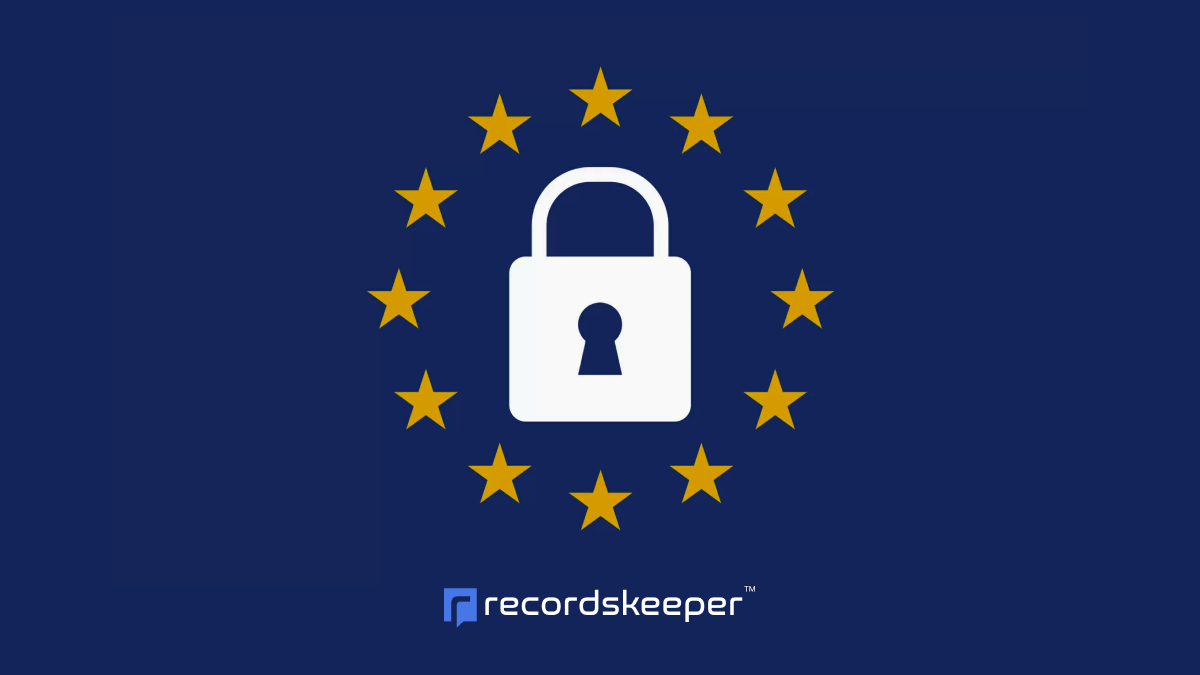- Risk Management
- November 16, 2024
AI-Driven Compliance Risk Assessment

In today’s fast-evolving landscape, maintaining compliance isn’t just a necessity; it’s a strategic imperative. As someone deeply embedded in the transformation brought about by technology, I’ve often seen how businesses struggle with compliance. With regulatory requirements growing more complex daily, the time and resources spent on risk assessment can be daunting. This is where AI comes into play, transforming compliance risk assessment in ways we couldn’t have envisioned just a few years ago.
Understanding Compliance Risks
Compliance risk, at its core, is the threat or exposure to legal penalties, financial forfeiture, and material loss a company faces when failing to comply with industry laws and regulations. However, it’s more than just avoiding fines. It is about protecting your organization’s reputation and maintaining trust with stakeholders.
Still, the traditional approach to managing these risks often involves manual processes prone to human error. More often than not, the sheer volume of regulations and required audits overwhelmed teams, dragging down efficiency and increasing the potential for oversight. But what if we could streamline this process? What if we could use AI for a more robust, proactive approach?
The Revolutionary Role of AI in Compliance Risk Assessment
Artificial Intelligence (AI) is transforming industries globally, and compliance risk assessment is no exception. It allows us to approach risk management from a whole new perspective. By automating the repetitive, labor-intensive aspects of compliance, AI allows businesses to focus more on strategic operations.
Automated Risk Evaluation
AI tools can analyze swathes of data across various platforms and formats to identify potential compliance issues. These systems utilize advanced algorithms to spot patterns and anomalies that could signify compliance risks. For instance, machine learning algorithms can learn from past compliance breaches to predict future risks, ensuring that potential issues are flagged before they become real problems.
Enhanced Decision-Making
Decision-makers equipped with AI-generated insights gain a better understanding of their compliance posture. AI provides real-time data analysis that can guide strategic decisions, thus positioning businesses to proactively tackle compliance risks. In my journey with RecordsKeeper.AI, I’ve seen first-hand how integrating AI tools enhanced decision-making processes, enabling companies to navigate the complex web of regulations efficiently.
Efficiency and Cost Reduction
Additionally, AI-driven compliance risk assessment minimizes operational costs, as it reduces the need for human resources on repetitive tasks. Companies can funnel these savings into other strategic areas that drive growth and innovation.
Implementing AI for Compliance Risk Management
While the benefits are enormous, deploying AI for compliance risk assessment should follow a thoughtful, strategic approach:
- Identify Key Compliance Areas: Focus on the most pressing compliance risks pertinent to your industry. By doing so, businesses can tailor AI applications that address these specific risks, thereby maximizing efficiency.
- Leverage Training Data: AI tools rely on data. Feed your AI system with comprehensive datasets that include historical compliance information, current regulations, and potential risk factors.
- Integrate with Other Systems: Ensure that your AI tools can communicate seamlessly with your existing systems, creating a cohesive compliance environment.
- Establish Clear Protocols: Define a clear set of protocols for how AI insights will be used in decision-making to maintain accountability.
The Future of Compliance Risk Assessment
Looking ahead, AI’s role in compliance and risk assessment is only set to grow. We can anticipate an era where compliance isn’t just a tick-box exercise but a dynamic and integral component of business strategies. With AI, we’re moving towards a future where compliance risks can be predicted and mitigated with unprecedented precision.
Ultimately, as I reflect on our work at RecordsKeeper.AI, I see the convergence of AI and compliance risk management as one of the most exciting developments for businesses today. It promises not just increased efficiency and security but aligns with a larger vision of sustainable and ethical business practices.
Conclusion
If you’re interested in exploring how your organization can navigate this complex compliance universe, adopting AI-driven solutions for compliance risk assessment is a step toward future-proofing your business.
Don’t let compliance risks take control of your strategic focus. Explore AI solutions and turn compliance into a competitive advantage. As always, I’m thrilled to share insights and engage with like-minded professionals eager to lead their industries with innovation and integrity.
Toshendra Sharma is the visionary founder and CEO of RecordsKeeper.AI, spearheading the fusion of AI and blockchain to redefine enterprise record management. With a groundbreaking approach to solving complex business challenges, Toshendra combines deep expertise in blockchain and artificial intelligence with an acute understanding of enterprise compliance and security needs.
Related Posts

Achieving Perfect GDPR Compliance: A Financial Services Success Story
European Financial Trust (EFT), a global financial services company managing over $50 billion in assets, faced mounting pressure to ensure GDPR compliance across its vast network of client data and transactions. With operations in 15…
- January 15, 2025

Setting Up Disaster Recovery Files
Organizing critical records for emergency access.
- January 12, 2025
Archives
- January 2025
- December 2024
- November 2024
- October 2024
- September 2024
- August 2024
- July 2024
- June 2024
- May 2024
- April 2024
- March 2024
- February 2024
- January 2024
- December 2023
- November 2023
- October 2023
- September 2023
- August 2023
- July 2023
- June 2023
- May 2023
- April 2023
- March 2023
- February 2023
- January 2023
- December 2022
- November 2022
- October 2022
- September 2022
Want to get more content like this?
Signup to directly get this type of content to your inbox!!
Latest Post
Document Control for Equipment Maintenance
- January 20, 2025
Managing Records for Multiple Clients
- January 19, 2025
Handling Conference Documentation
- January 18, 2025
Setting Up Department Record Reviews
- January 17, 2025





